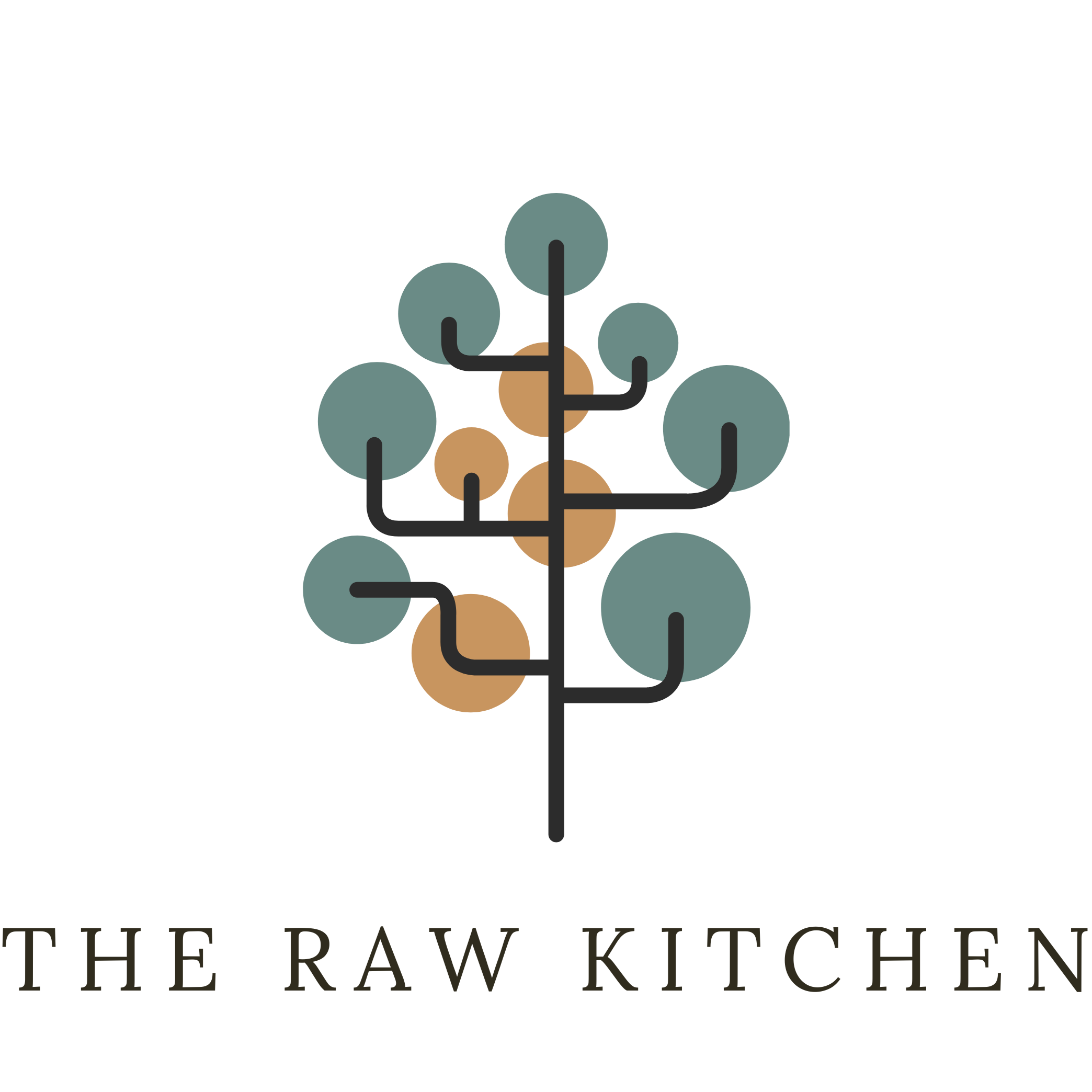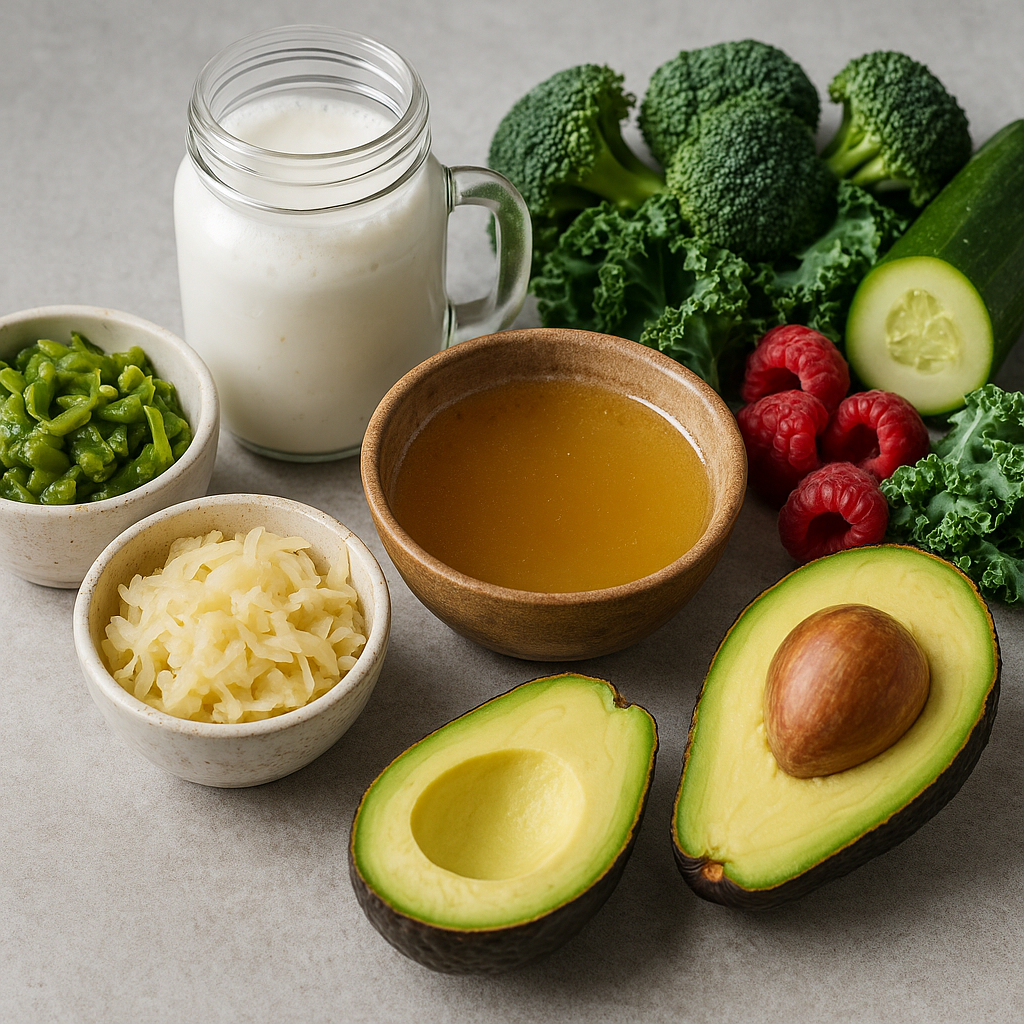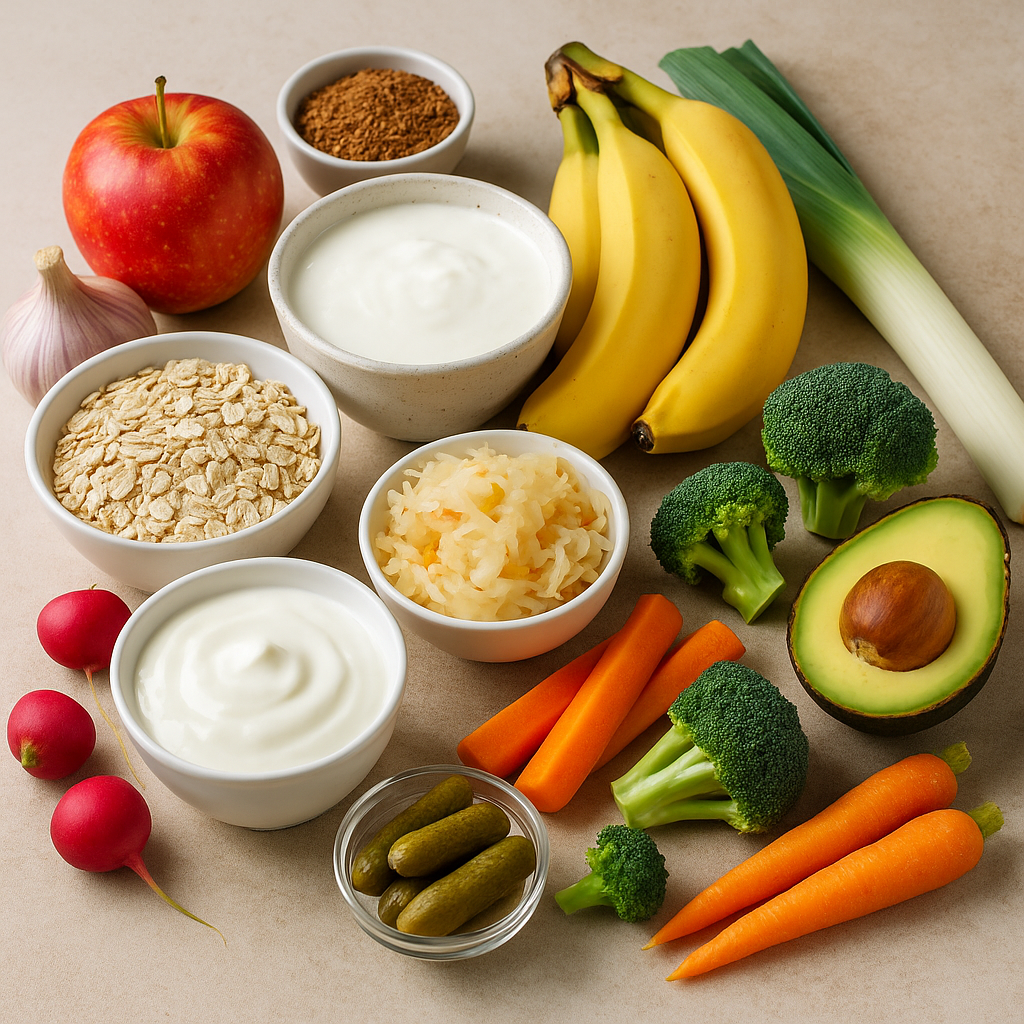
Mastering Blood Sugar Balance: Simple Everyday Strategies | The Raw Kitchen UK
When people hear “blood sugar,” they often think it only applies to diabetics. But the truth is, blood sugar balance affects everyone—your energy levels, mood, cravings, brain function, weight, hormones, and even sleep quality.
And here's the kicker: many people experience blood sugar spikes and crashes daily without even realising it.
If you often feel tired after meals, experience afternoon energy dips, crave sugar or caffeine, or get “hangry” when meals are delayed—you might be riding a blood sugar rollercoaster.
Here’s how to get off that ride and feel more stable, energised, and in control.
Why Blood Sugar Balance Matters (Even If You're Healthy)
Every time you eat, your body breaks food down into glucose (sugar), which enters your bloodstream. Your pancreas then releases insulin to shuttle that glucose into your cells for energy.
The problem? If you constantly eat high-sugar or refined foods—or if your meals lack balance—you’ll cause sharp spikes and crashes in your blood sugar.
This doesn’t just affect energy. Over time, it can lead to insulin resistance, weight gain, inflammation, hormone disruption, and eventually type 2 diabetes.
Balancing your blood sugar helps:
-
Stabilise energy
-
Reduce cravings
-
Improve mental focus
-
Support hormone health
-
Protect long-term health
Start Your Day with a Blood Sugar-Friendly Breakfast 🍳
One of the most powerful things you can do is ditch the sugary cereals, pastries, and toast-heavy breakfasts.
A balanced breakfast sets your metabolism for the day.
Better options include:
-
Protein: eggs, Greek yoghurt, nuts, protein smoothies
-
Healthy fats: avocado, nut butters, olive oil
-
Fibre: seeds, low-sugar fruit, oats, vegetables
Skip or reduce:
-
Fruit juices
-
White toast or bagels
-
Sugary cereals and bars
Pair Your Carbs with Protein and Fat 🍠 + 🥑 + 🥚
Eating carbs alone causes quick spikes. But when you pair them with protein and fat, digestion slows and blood sugar stays steady.
Examples:
-
A banana → add almond butter
-
White rice → add lentils, vegetables, and olive oil
-
Jacket potato → add beans, grilled fish, or chicken
You don’t need to cut carbs—just pair them smartly.
Don’t Skip Meals (But Don’t Graze Constantly) ⏰
Long gaps between meals can drop your blood sugar too low, leading to cravings and irritability. But constant snacking prevents insulin from resting.
-
Eat balanced meals every 4–5 hours
-
If you snack, pick protein-rich foods like boiled eggs, hummus with veg, or a handful of nuts
Master the Order of Eating 🥗 → 🥩 → 🍚
Research shows the order of eating impacts your blood sugar.
Best order:
-
Veggies first (especially fibre-rich ones like salad or greens)
-
Protein and fat next
-
Carbs last
This simple habit can reduce glucose spikes—even with the same meal.
Move After Meals 🚶♀️
Movement helps your muscles absorb glucose, lowering blood sugar naturally.
-
Try a 10–15 minute walk after meals
-
Even standing or stretching helps
This one shift can drastically reduce post-meal spikes.
Sleep and Stress Matter Too 😴🧘♂️
Poor sleep and stress are two silent disruptors of blood sugar balance.
-
Aim for 7–9 hours of quality sleep
-
Use dhikr, deep breathing, or gentle stretching to regulate stress
-
Keep screens off at least an hour before bed to support your nervous system
Holistic & Herbal Support 🌿
Some natural additions can help:
-
Cinnamon – improves insulin sensitivity
-
Berberine – helps regulate blood sugar (consult a practitioner before use)
-
Apple cider vinegar – a teaspoon before meals reduces glucose spikes
-
Sea moss – supports gut health and sugar metabolism
These complement, not replace, a balanced lifestyle.
The Takeaway
Balancing blood sugar isn’t just about avoiding diabetes.
It’s about feeling better: more energy, fewer crashes, clearer thinking, and better appetite control.
It doesn’t require cutting everything out—it’s about eating smarter, moving gently, and listening to your body.
And the best part? Once you stabilise your blood sugar, everything else—your mood, sleep, focus, and cravings—starts feeling a little easier.



Leave a comment
This site is protected by hCaptcha and the hCaptcha Privacy Policy and Terms of Service apply.